- Home
- Machining techniques
- CNC Machining Services
- Cooperative supply services
- Designs
- Materials
- Finishing Services
- Shop
- Products
- Guide
- About Us
- Contact Us
2020.3.5
CNC machining center is a highly automated multi-functional machine tool that can be divided into horizontal and vertical machining centers, what’s the difference between them? Here is the introduction to what is (CNC) vertical machining center, VMC machine parts, uses, manufacturers, as well as VMC vs CNC and VMC vs HMC.
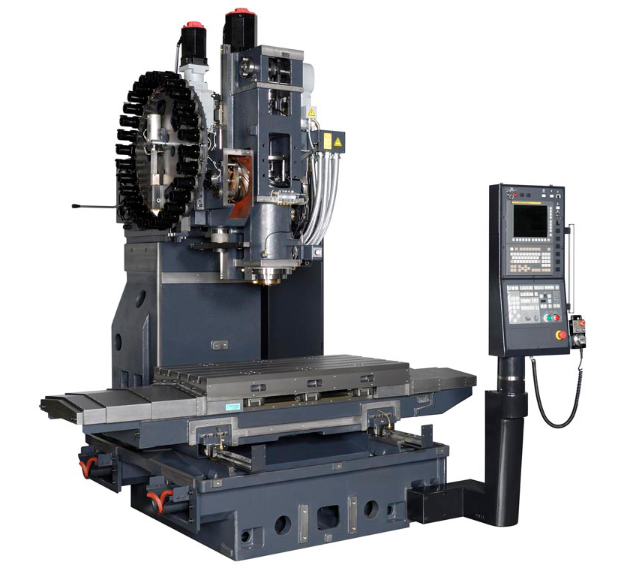
Related Read: Best Mini Milling Machine 2020
A Vertical Machining Center (VMC) is a sophisticated manufacturing tool that features a vertically-oriented spindle that approaches the workpiece from above, mounted on a table below. It’s equipped with multiple axes of motion (typically X, Y, and Z), an automatic tool changer system, and a tool magazine for storing various cutting tools. VMC machines are capable of performing multiple operations including milling, drilling, boring, tapping, and thread cutting, all with high precision and automation. The system operates based on computerized numerical control (CNC), translating design specifications into machine-readable codes that guide the tooling operations, while its robust components deliver superior torque, horsepower, and machining speed for efficient material processing.
While older vertical machining centers were manually operated, virtually all contemporary VMCs are CNC-controlled. The term “CNC” is often added to explicitly emphasize the computer-controlled nature of the machine, but today’s vertical machining centers are inherently CNC machines. When someone refers to a vertical machining center, they are almost always talking about a CNC vertical machining center, as manual vertical mills are now considered legacy equipment and are rarely used in professional manufacturing environments.
CNC refers to a technology that automates the operation of machine tools through precisely programmed commands encoded on a computer. It encompasses a wide range of machine tools, including lathes, mills, routers, and grinders, which can be controlled by computer programs. VMC specifically refers to a type of CNC machine that features a vertically oriented spindle. It is designed primarily for milling operations and is characterized by its ability to perform tasks like drilling, boring, and tapping with high precision.
A Vertical Machining Center is composed of several key parts and components that work together to perform various machining operations.
1. Rotating Spindle
The spindle is typically oriented vertically and serves as the main component for holding and rotating the cutting tool or workpiece. It provides the necessary drive and support for machining operations.
2. Work Table
This flat surface is where the workpiece is placed. The work table can move along the X and Y axes, allowing for precise positioning of the workpiece during machining. The Z-axis movement is controlled by the spindle.
3. Tool Changer
The tool changer is an automated system that allows the VMC to switch between different cutting tools quickly. This feature enhances productivity by enabling the machine to perform various tasks without manual intervention.
4. Rotating Tables
Some VMCs are equipped with additional rotary tables that allow for 4-axis or 5-axis machining. This capability enables the machine to produce complex components with multiple surfaces.
5. Coolant System
A coolant system is essential for maintaining the temperature of the cutting tools and workpieces during machining. It helps to lubricate the tools and remove chips from the cutting area, ensuring efficient operation.
6. Enclosures/Full Covers
These protective covers help contain splatter and debris generated during machining operations, safeguarding both the operator and the environment.
7. Quick Loading Loaders
Automated part-loading systems, such as shuttle tables, increase productivity by reducing downtime associated with manual loading and unloading of workpieces.
8. Screw/Chip Conveyor
Chip conveyors are used to remove metal chips and debris from the machining area, facilitating a cleaner workspace and reducing the need for manual cleanup.
Due to its advantages and characteristics, the CNC vertical machining center can be applied in machinery manufacturing industries with high precision and mass production requirements, such as aerospace, automobile, instrumentation, light and textile, electronic and electrical, mold making, military products, handicrafts, etc. VMC is primarily suitable for processing workpieces with complex shapes, high accuracy & precision, and multiple procedures.
1. Box-type parts
Box-type CNC machining parts refer to the workpiece with more than a hole system and many cavities inside, mainly applied in machine tools, cars, and airplanes, like engine blocks, gearboxes, spindle boxes, diesel engine blocks, gear pump shells, etc. When using a vertical machining center, 60% – 95% of the process of ordinary machine tools can be completed in one-time clamping. In addition, the CNC VMC has high accuracy and efficiency, rigidity, and an automatic tool-changing device, as long as the process flow is well formulated and proper fixtures and tools are used, many problems of box types of parts machining can be solved.
2. Complex curved parts
In the aviation and transportation industries, parts with complex curved surfaces are widely used, such as cams, integral impellers of engines, propellers, mold cavities, etc. These kinds of parts with a complex curve, surface contour, or box or casing parts with closed inner cavity are difficult to achieve the predetermined machining accuracy and detect by conventional machine tools or precision casting. A multi-axis machining center with automatic programming technology and special tools, can greatly improve its production efficiency and ensure the shape accuracy of the surface, making the automatic machining of complex parts become easy.
3. Special or irregularly shaped parts
Irregular machined parts have special shapes, and most of them need multi-point mixed processing of point, line, and face, such as bracket, base, etc. When machining special-shaped components, the more complex the shape is, the higher the accuracy required, while VMC shows its benefits at such a moment.
4. Board, sleeve, and plate parts
This kind of workpiece often includesa keyway and radial hole. The end face with hole system or curved plate and shaft, like shaft sleeve, plate with many holes, like motor covers, often uses a vertical machining center; and horizontal machining centers are often used for parts with radial holes.
5. New parts in trial production
The machining center has high adaptability and flexibility. When the machining object is changed, you only need to build and input new programs, even modify some program segments or utilize some special instructions sometimes. For example, using the zoom function can realize the machining of parts with the same shape but different sizes, which provides great convenience for a single piece, small-batch, multi-variety production, and new product trial, and greatly shortens the production preparation and trial manufacturing cycle.
| Feature | Vertical Machining Centers (VMC) | Horizontal Machining Centers (HMC) |
|---|---|---|
| Spindle Orientation | The spindle is oriented vertically, allowing for precision operations and access from above the workpiece. | The spindle is oriented horizontally, ideal for larger volume jobs and better chip evacuation. |
| Design and Functionality | Simpler design, user-friendly, and suited for intricate parts and molds requiring high precision. | More complex and robust, designed for high-speed operations and larger workpieces. |
| Chip Management | Chips can accumulate around the workpiece, requiring additional cleanup. | Horizontal design allows chips to fall away naturally, improving efficiency. |
| Production Capacity | Preferred for smaller production runs or one-off parts; versatile and cost-effective. | Suitable for large-scale production with higher machining power and efficiency. |
| Cost and Space | Lower upfront costs and occupies less space, ideal for smaller shops. | More expensive, requires more space, but offers greater productivity and durability. |
| Applications | Ideal for detailed work like complex shapes, drilling holes, and high-accuracy tasks. | Best for machining large parts, producing gears, and multi-sided cutting projects. |
1. Haas Automation
Haas Automation is one of the largest builders of CNC machines globally, known for its affordability and precision. Their VMCs, particularly the VF Series, are popular for their reliability and extensive support network. This company has a wide range of vertical machining centers with advanced features like high-speed machining and user-friendly controls.
2. Mazak Corporation
Mazak is renowned for its advanced technology and high-quality machine tools. Their VMCs, especially the VARIAXIS series, are designed for high-speed operations and complex part machining. Mazak emphasizes innovation with features like the MAZATROL Smooth CNC system, which enhances user interaction and automation compatibility.
3. DMG MORI
A global leader in machine tools, DMG MORI offers a comprehensive range of VMCs known for their precision and efficiency. Their machines are widely used in the aerospace, automotive, and medical sectors. Known for integrating automation solutions and modular designs that allow customization based on specific operational needs.
4. Okuma Corporation
Okuma is recognized for its high-precision CNC machines and is the largest CNC machine manufacturer in Japan. Their VMCs are designed for efficiency and reliability. Offers a unique single-source solution for CNC machines, ensuring optimal compatibility and performance across its product range.
5. Fanuc
Fanuc is a leader in automation technology and provides a range of CNC machines, including vertical machining centers. Their machines are particularly strong in high-speed machining applications. Known for their advanced robotics solutions and comprehensive automation capabilities, making them ideal for modern manufacturing environments.
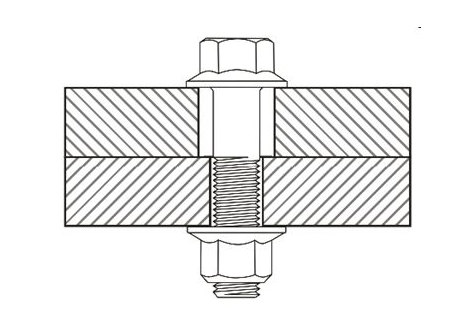 Clearance Hole Size Chart for Metric and Imperial Fasteners (Bolts, Screws & Studs)
Clearance Hole Size Chart for Metric and Imperial Fasteners (Bolts, Screws & Studs)
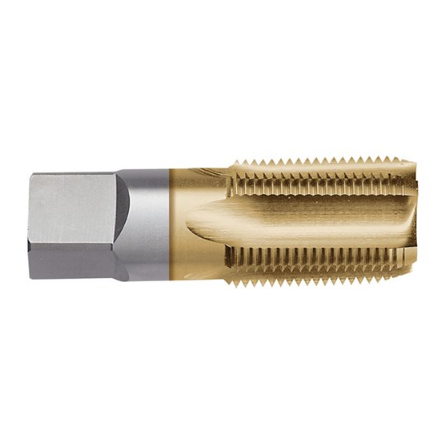 NPS Thread Dimensions Chart (NPSM & NPSL) | What Is Straight Pipe Thread
NPS Thread Dimensions Chart (NPSM & NPSL) | What Is Straight Pipe Thread
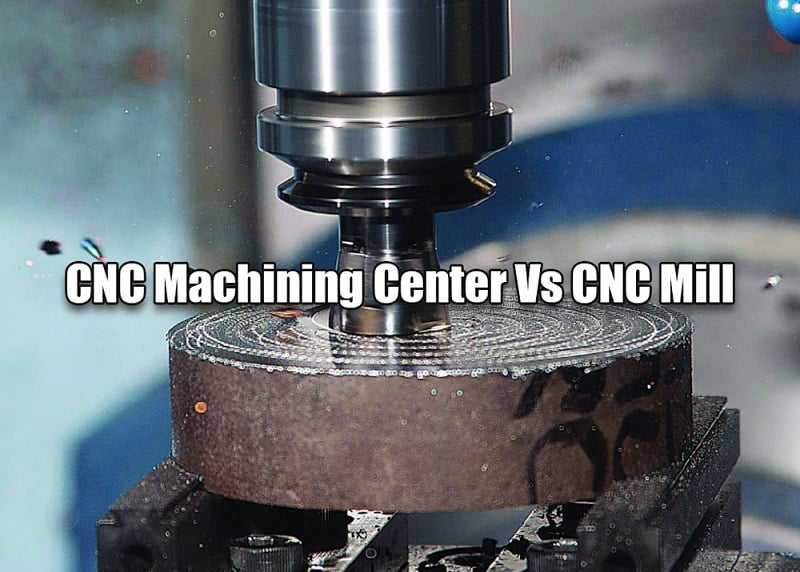 CNC Machining Center Vs CNC Mill – Difference Between Machining Center And Milling Machine In Programming
CNC Machining Center Vs CNC Mill – Difference Between Machining Center And Milling Machine In Programming
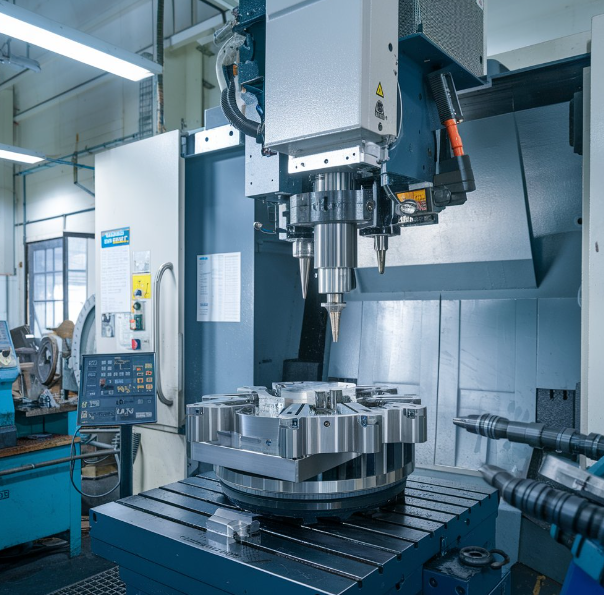 Why Choose China CNC Machining and How to Find the Best CNC Machining Manufacturer
Why Choose China CNC Machining and How to Find the Best CNC Machining Manufacturer
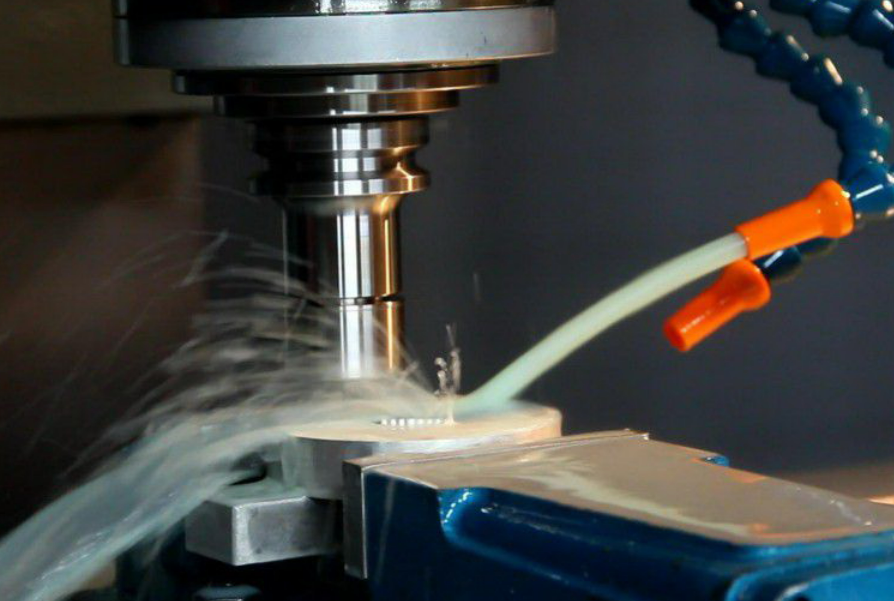 Vertical Vs Horizontal Machining Center: Characteristics, Difference Between Vertical & Horizontal Machining Center
Vertical Vs Horizontal Machining Center: Characteristics, Difference Between Vertical & Horizontal Machining Center
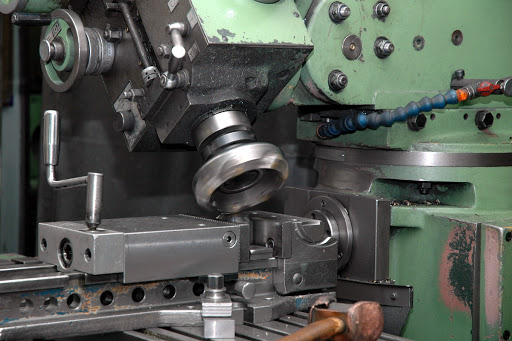 CNC Machining Vs Conventional Machining – Difference Between CNC Machining And Conventional Machining
CNC Machining Vs Conventional Machining – Difference Between CNC Machining And Conventional Machining
